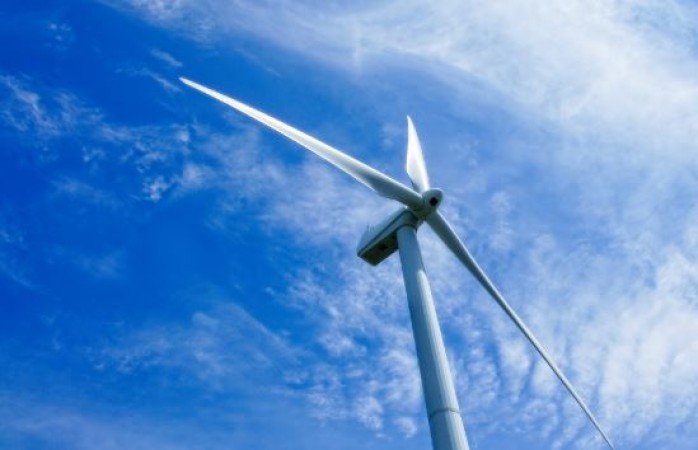
With the increasing demand for sustainable and renewable energy sources, wind power has become an attractive option for homeowners and DIY enthusiasts. Harnessing the power of the wind through a vertical wind turbine is an eco-friendly and cost-effective way to generate electricity. In this article, we will guide you through the process of designing and constructing your very own DIY vertical wind turbine, helping you make a positive impact on the environment while saving on energy costs.
Understanding Vertical Wind Turbines
Vertical wind turbines, also known as VAWTs, are a type of wind turbine where the main rotor shaft is arranged vertically. Unlike their horizontal counterparts, VAWTs do not require complex yaw mechanisms to track the wind, making them easier to design and build for DIY projects. They are suitable for urban and suburban settings due to their compact size and noise reduction.
Advantages of DIY Vertical Wind Turbines
Renewable Energy Source
One of the significant advantages of vertical wind turbines is that they harness the power of the wind, a renewable and abundant energy source. By utilizing wind energy, you reduce your dependence on fossil fuels, leading to a greener and cleaner environment.
Cost-Effectiveness
DIY vertical wind turbines can be more cost-effective compared to commercial alternatives. With some basic materials and tools, you can construct a functional wind turbine at a fraction of the cost of purchasing a pre-built one.
Customization Options
Designing and building your own vertical wind turbine allows you to customize it to suit your specific needs and location. You can adjust the size, shape, and materials according to the wind conditions in your area, optimizing its performance.
Designing a DIY Vertical Wind Turbine
Materials and Tools Required
Before you start constructing your DIY vertical wind turbine, gather the necessary materials and tools. You will need:
Selecting the Right Location
Choosing the right location is crucial for the efficiency of your wind turbine. Look for open spaces with consistent wind flow and minimal obstructions. Avoid placing the turbine too close to buildings or trees, as they can cause turbulence and reduce its effectiveness.
Basic Design Principles
Understanding some fundamental design principles will help you optimize your wind turbine's performance. The blade angle, length, and shape will impact its efficiency. Longer blades generally generate more power, but they may also require a stronger tower for support.
Step-by-Step Construction Process
Building the Base and Tower
Start by constructing the base and tower of your vertical wind turbine. Use sturdy materials like metal or wood to ensure stability. The tower should be tall enough to capture higher wind speeds at elevated heights.
Assembling the Blades
Cut the PVC pipes into appropriate lengths and shape them into aerodynamic blades. Attach the blades to the rotor shaft, ensuring they are evenly spaced for balanced rotation.
Installing the Generator
Mount the generator at the top of the tower and connect it to the blades. As the wind turns the blades, the rotor will generate electricity, which can be stored in batteries for later use.
Safety Precautions
Working with Height
When constructing your DIY wind turbine, take safety precautions when working at heights. Use safety harnesses and secure all components properly to prevent accidents.
Electrical Safety
Be cautious when dealing with electrical components. Disconnect the generator from the batteries when making adjustments or performing maintenance.
Maintenance and Troubleshooting
Regular Inspections
Perform regular inspections to ensure your wind turbine is in optimal condition. Check for signs of wear and tear on the blades, tower, and generator.
Common Issues and Solutions
Address common issues like loose connections, damaged blades, or misalignment promptly. Regular maintenance will prolong the life of your wind turbine.
Testing and Calibration
After constructing the wind turbine, test its performance and make any necessary calibrations for maximum efficiency.
Environmental Impact and Sustainability
By using wind energy, your DIY vertical wind turbine significantly reduces carbon emissions and helps combat climate change. Embrace sustainability by integrating renewable energy into your lifestyle.
DIY Vertical Wind Turbine vs. Commercial Options
While DIY wind turbines offer numerous advantages, commercial options may have higher efficiency and power output. Consider your budget and energy needs when choosing the right option for you.
Designing and constructing a DIY vertical wind turbine is a rewarding and environmentally friendly project. By following the steps outlined in this article, you can harness the power of the wind and generate clean energy for your home. Embrace the world of renewable energy and contribute to a greener future.
Birthday Special - Wishing the Man of Melodious Voice, Sonu Nigam!